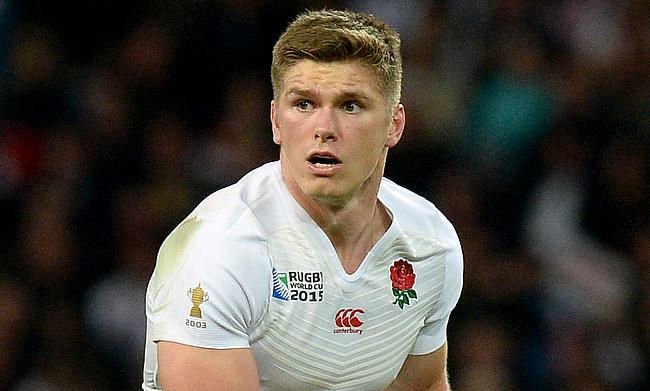Balance Over Brilliance: Why Structure Still Wins in Modern Rugby
There is a certain balance to cricket team when it’s selected properly. The structure of a well-formed team is deliberate. You have your two openers, a dependable first drop, a strong middle order, and then lower-order batsmen who can contribute with both bat and ball. This isn’t random it reflects the rhythm of the game.
Early in a Test match, the ball is harder, offering more pace and movement. This is when you need openers who are technically sound and accustomed to dealing with that kind of challenge. As the game wears on, the ball softens and the pitch often deteriorates. By that point, middle and lower-order batsmen face different pressures, reverse swing, spin, or inconsistent bounce and their strengths are suited to those conditions. The composition of the lineup matches the evolving nature of the game.
Interestingly, if you don’t have someone who bats slowly and takes the shine off the ball at one end, then you can’t have someone at the other end who’s just trying to score freely. Something similar applies to rugby, though it’s often less acknowledged.
Watching the recent Argentina versus British & Irish Lions match, I was struck by a familiar problem: players being selected out of position. To borrow the cricket analogy, they had openers batting in the middle order and middle-order players opening. In short, the team was imbalanced.
There seems to be a growing infatuation with trying to fit in marquee names. Take Marcus Smith, for example. He is an undeniably talented player, but if he’s not playing fly-half, then frankly, he shouldn’t be in the team. His presence out of position was directly linked to defensive lapses, some of which led to costly tries.
The same can be said of the centre pairing. Both are powerful Polynesian players, each exceptional in their own right. But against Argentina’s lightning-fast counter-attack, they were left exposed. Bundee Aki can be so lethal because he has the likes of Ringrose or Henshaw doing the other stuff. The backline looked like a collection of individually brilliant players, rather than a cohesive unit. Rugby at the elite level does not allow for that kind of experimentation without consequence.
It’s worth noting that Argentina were missing 12 players who couldn’t play as the match fell outside the official international window. They also had three players from their domestic league ,which isn’t even recognised as fully professional in the team. So when people complain that Bath or Leinster players were unavailable, I’d say it’s on par with Argentina’s challenges.
At some point, selectors and coaches need to respect the structure of the game. Rugby, like cricket, is not just about assembling stars. It’s about selecting a team that fits together,not just on paper, but in rhythm, balance, and function. If that means leaving out a popular or gifted player because they don’t fit the shape of the matchday 23, so be it.
The Lions need to do a few things to avoid losing this series:
1. Pick Jamie George as first- or second-choice hooker.
2. Select an experienced fly-half — Owen Farrell or George Ford. Their highlight reels may not show them slicing through underpowered sides like Newcastle or Exeter in recent years, but they’ve been there and done that when it matters.
That being said, there might also be another issue in the team: the high number of foreign-born players may be affecting the mood in the dressing room.
By nationality, there are now more Australian, New Zealand, and South African players in the squad than Welsh ones — something that is seen by many in the global rugby community as a big issue.
Is it allowed? Yes. But does it take the shine off the team and make it feel more like a Harlem Globetrotters-style selection of individuals rather than a unified British & Irish Lions side? I think so.
@hellokitcho

